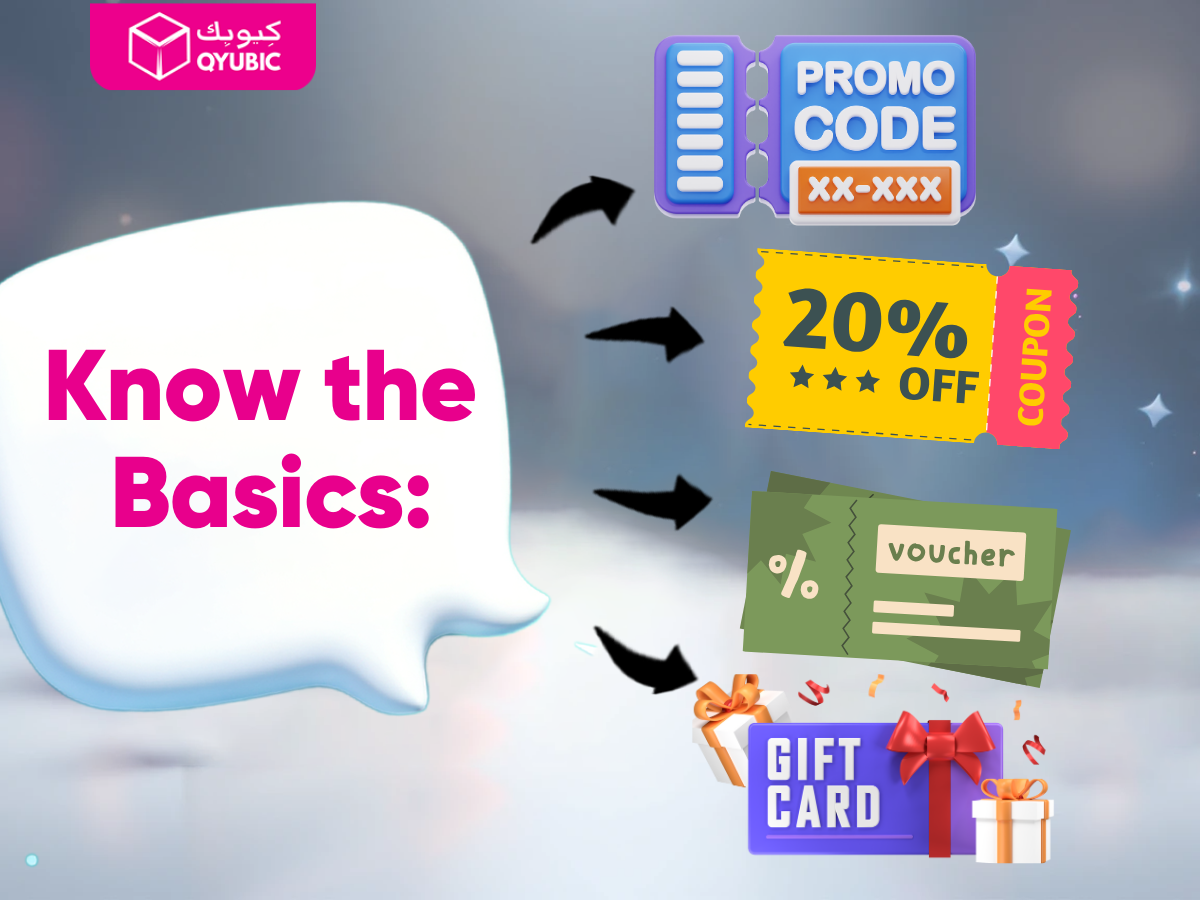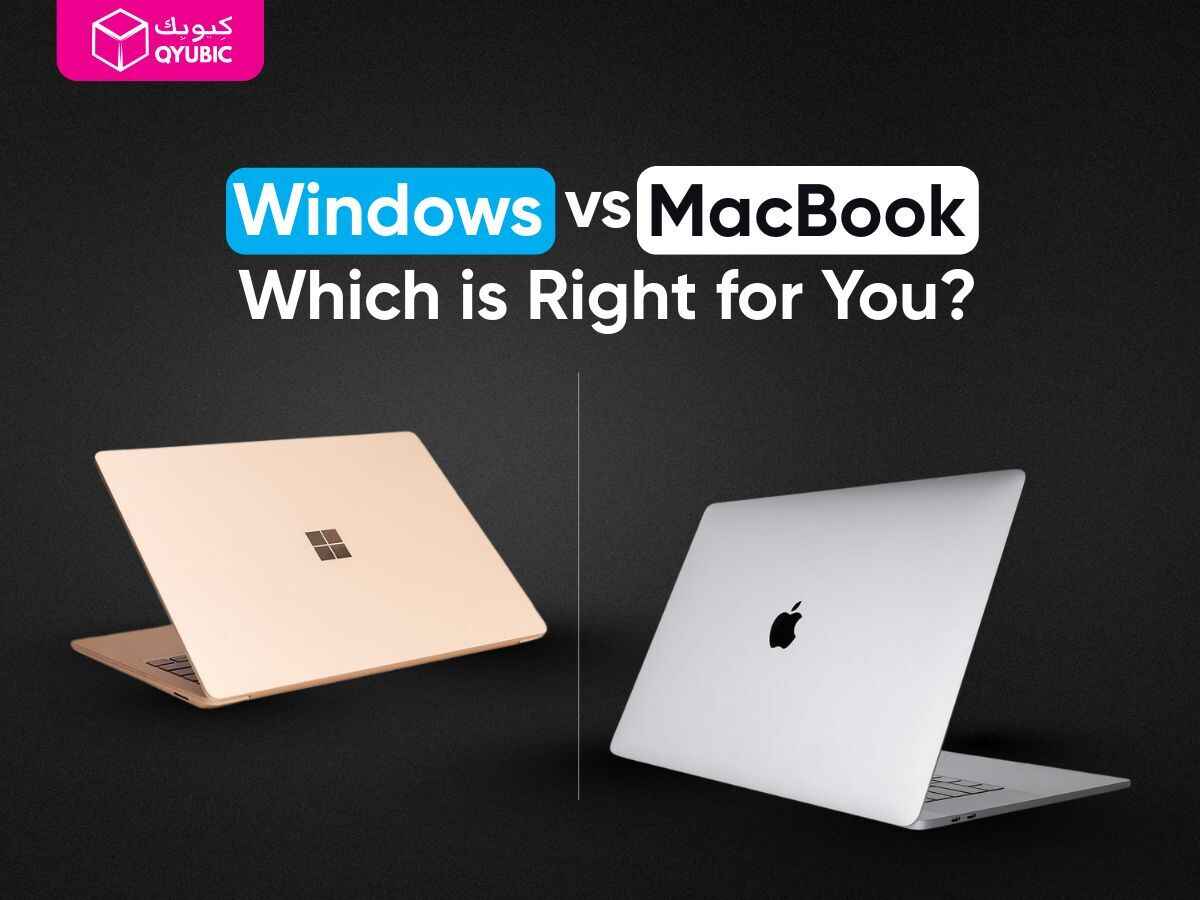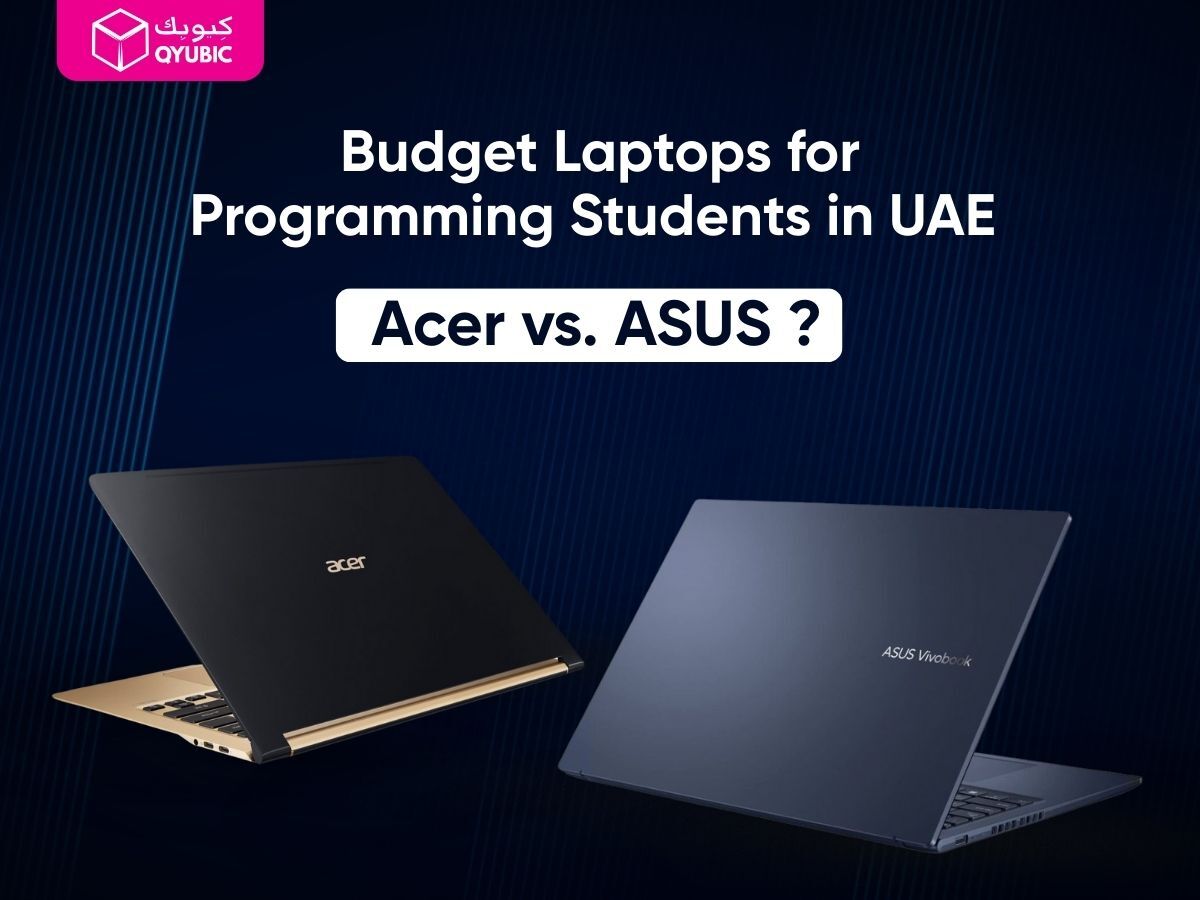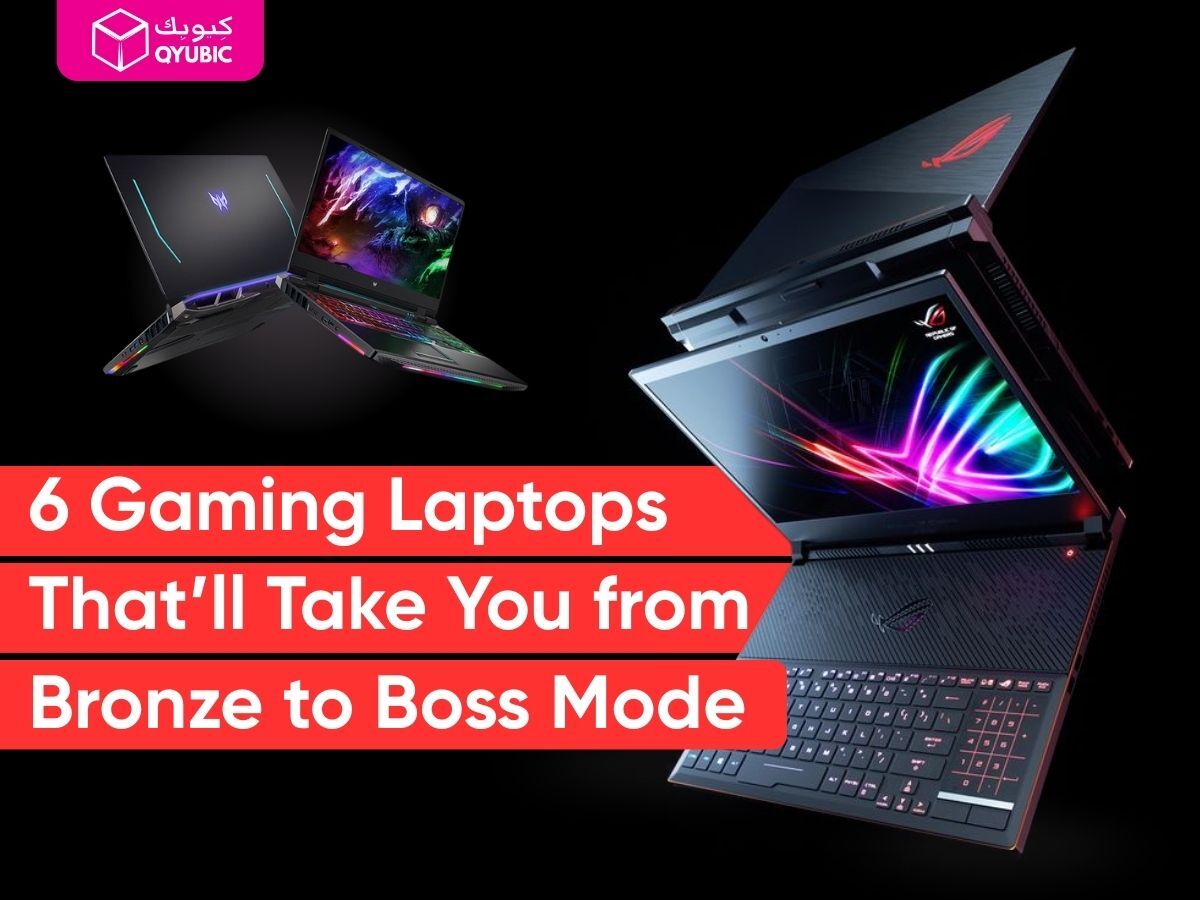Everyone loves a good deal, but not all savings come in the same package. Promos, discounts, vouchers, and gift cards often get mixed up, even though they serve different purposes. A promo code might lower your bill, but a voucher could cover an entire purchase.
Meanwhile, a discount reduces a price directly, while a gift card holds stored value. Understanding these differences ensures you pick the right option every time you shop. Let’s break them down clearly and simply.
Understanding Promos, Discounts, Vouchers, and Gift Cards
| Category | Definition | Key Characteristics | Best Use Cases |
| Promo | A temporary marketing offer designed to encourage sales, often available for a limited time. | – Can be percentage-based (e.g., 10% off) or flat-rate (e.g., $5 off).- Often requires a promo code.- May have conditions (e.g., minimum purchase required). | – Launching a new product.- Boosting sales during slow periods.- Encouraging customer acquisition. |
| Discount | A reduction in price applied to a product or service, often at checkout. | – Can be automatic or require a code.- Includes seasonal, clearance, and loyalty discounts.- May be percentage-based or fixed. | – Encouraging repeat purchases.- Rewarding loyal customers.- Clearing old inventory. |
| Voucher | A prepaid certificate or digital coupon that provides a specific discount or benefit. | – Can be physical or digital.- Usually has an expiration date.- Often tied to a specific retailer or service. | – Gifting promotional value to customers.- Partnering with other brands for cross-promotion.- Incentivizing specific purchases. |
| Gift Card | A prepaid stored-value card used as an alternative to cash for purchases. | – Can be physical or digital.- Holds a fixed amount of money.- Usually non-refundable. | – Corporate gifting.- Customer loyalty programs.- Offering flexible gifting options. |
Key Takeaways for Businesses and Consumers
- Promos and Discounts drive immediate sales and customer engagement.
- Vouchers work well for targeted marketing and increasing customer retention.
- Gift Cards are an excellent tool for brand loyalty and upfront revenue generation.
- Strategic balance is essential—excessive promotions can harm profitability, while well-planned incentives can boost brand perception and sales.
Why They Matter: Business and Consumer Perspectives
For Businesses: The Power of Strategic Pricing and Incentives
Promotions, discounts coupons, vouchers, and gift cards aren’t just about driving sales—they are critical tools for shaping customer behavior, brand perception, and long-term profitability. Here’s why they matter:
| Key Benefit | How It Works | Real-World Impact |
| Boosts Sales & Revenue | Limited-time promos create urgency and encourage impulse buying. Discounts attract price-sensitive customers. | A study by RetailMeNot found that 80% of consumers are more likely to buy from a brand that offers discounts and promotions. |
| Encourages Customer Loyalty | Discounts and vouchers for repeat purchases incentivize long-term relationships. Gift cards keep customers tied to a brand. | Starbucks’ loyalty program, offering discounts and gift cards, contributed to $3 billion in preloaded gift card balances (Q4 2023). |
| Helps Offload Excess Inventory | Clearance sales and vouchers move unsold stock quickly without significant losses. | Zara uses discount strategies to clear seasonal inventory, improving cash flow without devaluing the brand. |
| Increases Average Order Value (AOV) | Tiered discounts (e.g., “Buy 2, Get 1 Free”) encourage higher spending. | Amazon’s “Subscribe & Save” model increases repeat purchases and raises order values. |
| Drives Brand Awareness | Promotional campaigns, especially online discounts, increase visibility. | 91% of shoppers check for discounts before purchasing online, making promo-driven brands more competitive (Statista, 2024). |
| Generates Upfront Revenue with Gift Cards | Customers pay in advance but may not redeem full value, leading to extra earnings. | U.S. consumers left $21 billion in unused gift cards between 2017 and 2022, benefiting retailers financially. |
For Consumers: Smarter Shopping & More Value
For shoppers, promotions and incentives are not just about saving money—they influence purchase decisions, brand loyalty, and overall shopping experience.
| Key Benefit | How It Helps Consumers | Real-World Impact |
| Saves Money on Purchases | Discounts lower upfront costs, while vouchers and gift cards provide alternative ways to pay. | A survey by Statista (2024) found that 68% of U.S. consumers wait for discounts before making major purchases. |
| Enhances Shopping Experience | Exclusive discounts and reward-based promotions make customers feel valued. | 80% of consumers prefer brands that offer loyalty discounts (Deloitte, 2023). |
| Encourages Smart Spending | Consumers use discounts to stretch their budget, maximizing purchases. | Online shoppers spend 24% more when using a promo code, as they perceive added value (Retail Dive, 2023). |
| Enables Thoughtful Gifting | Gift cards allow recipients to choose their own items, reducing unwanted gifts. | In 2023, Americans spent over $160 billion on gift cards, with digital gift cards growing by 28% year-over-year (Gift Card Market Report). |
| Creates Shopping Urgency | Limited-time promotions push consumers to make quicker decisions. | Flash sales lead to a 35% increase in conversion rates, especially in fashion and electronics (HubSpot, 2024). |
Also Read: How to Identify Fake Coupons and Find Real Discounts
Types of Discounts and Their Strategic Uses
Discounts are more than just price reductions—they are psychological triggers that drive sales, increase customer loyalty, and boost brand perception. Businesses that implement discounts strategically can increase conversion rates by up to 30% (HubSpot, 2024). Let’s explore the most effective types of discounts and their best use cases.
1. Percentage-Off Discounts
What It Is:
A discount that removes a percentage of the total price (e.g., “Get 20% off your order”).
How It Works:
- Common in e-commerce and retail.
- Best for attracting first-time customers and increasing impulse purchases.
- Higher perceived value than flat-rate discounts.
Strategic Uses:
✅ Encouraging bulk purchases: Example: “Get 30% off when you spend $100 or more.”
✅ Seasonal promotions: Used during Black Friday, holiday sales, or clearance events.
✅ Email marketing engagement: Offered to re-engage inactive customers.
Example:
Sephora frequently offers 15%-25% discounts to its Beauty Insider members, leading to higher average order values and repeat purchases.
Expert Tip:
- Discounts above 25% can devalue a brand if used too often. Keep them below 20% for premium products.
- Psychology of pricing: 20% off sounds more attractive than “Save $10” unless the price is very low.
2. Buy One, Get One (BOGO) Deals
What It Is:
A promotional offer where customers get a free or discounted item when they purchase another.
How It Works:
- Encourages higher sales volume.
- Best for perishable goods, fashion, or fast-moving consumer goods.
- Can help clear slow-moving inventory.
Strategic Uses:
✅ Encouraging larger purchases: Example: “Buy 1, get 1 at 50% off.”
✅ Increasing perceived value: Customers feel like they are getting more for their money.
✅ Clearing out old stock: Often used in fashion and grocery industries.
Example:
McDonald’s successfully uses BOGO deals to increase foot traffic, particularly in its coffee and breakfast items, leading to repeat purchases.
Expert Tip:
- The best approach is BOGO 50% off, rather than free, as it maintains perceived product value.
- Works well when combined with limited-time offers to create urgency.
3. Tiered Discounts
What It Is:
A discount structure that offers increasing savings based on the amount spent (e.g., “Spend $50, get 10% off; Spend $100, get 20% off”).
How It Works:
- Encourages customers to spend more to unlock higher discounts.
- Boosts average order value (AOV).
- Used by luxury brands and subscription-based services.
Strategic Uses:
✅ Encouraging upsells: Customers buy more to unlock better discounts.
✅ Building loyalty: Used in VIP programs or exclusive customer tiers.
✅ Reducing cart abandonment: People return to complete purchases.
Example:
Nike uses tiered discounts such as “Save 10% when you spend $75, 15% when you spend $150,” increasing AOV significantly.
Expert Tip:
- Works best when combined with free shipping incentives (e.g., “Spend $100 to get 20% off + free shipping”).
- Customers respond better when savings percentages increase at predictable levels (e.g., 10%-15%-20%).
4. Time-Limited Flash Sales
What It Is:
Short-term discounts that create urgency and drive immediate purchases.
How It Works:
- Encourages impulse buying.
- Best for e-commerce and seasonal promotions.
- Used for clearance sales and product launches.
Strategic Uses:
✅ Driving quick conversions: Works well for limited-time product drops.
✅ Creating hype: Often used by streetwear brands (e.g., Supreme).
✅ Wiping up seasonal stock: Common in fashion, tech, and travel industries.
Example:
Amazon’s Lightning Deals drive massive sales during Prime Day, generating billions in revenue within 48 hours.
Expert Tip:
- Shorter flash sales (under 48 hours) perform best.
- Adding countdown timers can boost urgency and sales by 15%-20% (Baymard Institute, 2024).
You May Like: The Birth of Coupons
Conclusion
Discounts, promos, and special offers are powerful tools that, when used strategically, can drive sales, boost customer loyalty, and increase brand value. Be it a percentage-off deals, BOGO offers, tiered discounts, or time-limited flash sales, each approach serves a unique purpose in influencing consumer behavior.
However, businesses must strike a balance—offering too many discounts can hurt profitability, while well-planned promotions can enhance revenue and retention. Smart shoppers and brands alike can benefit by leveraging these strategies effectively for long-term success.





